After forecasting the iPhones in 2019 and 2020, Guo Minghao released againReport, it is predicted that Apple will adopt screen fingerprinting on the 2021 iPhone.
The more eye-catching thing is that after adding the screen fingerprint, Apple will continue to save the Face ID. Configuration. In other words, in addition to being able to “fingerprint” to unlock the phone, the user can continue to use the ultra-fast “brush face” recognition.
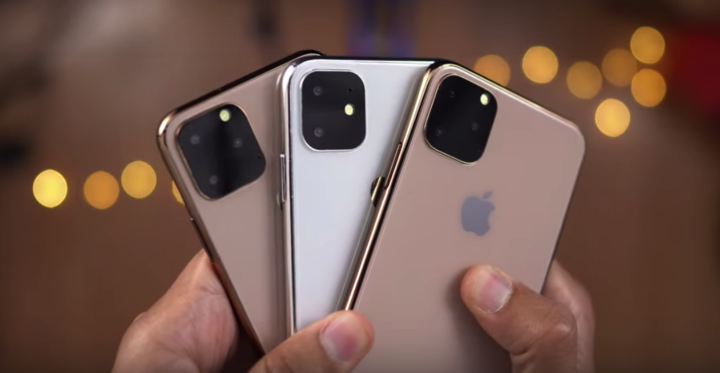
▲ 2019 iPhone model. Image from: 9to5mac
Guo Minghao said in the report that according to the current screen fingerprint in the Android camp, it recognizes mobile phone shipments and Apple. Previous patent observations, he believes that Apple has a greater interest in the use of screen fingerprinting technology. However, due to technical costs and difficulty in implementation, Apple will not adopt screen fingerprinting solutions on this year’s or next year’s iPhone.
According to Guo Minghao’s observation of the screen fingerprint technology for the next 12-18 months, the technology will have Break through the following 4 points:
- module thickness
- Sensing area
- Module power consumption
- Finishing yield
According to this estimate, Guo Minghao predicts that Apple will use ultrasonic screen fingerprinting technology for the iPhone in 2021 And the technology supplier will be Qualcomm who just ended the “patent tug-of-war” with Apple.
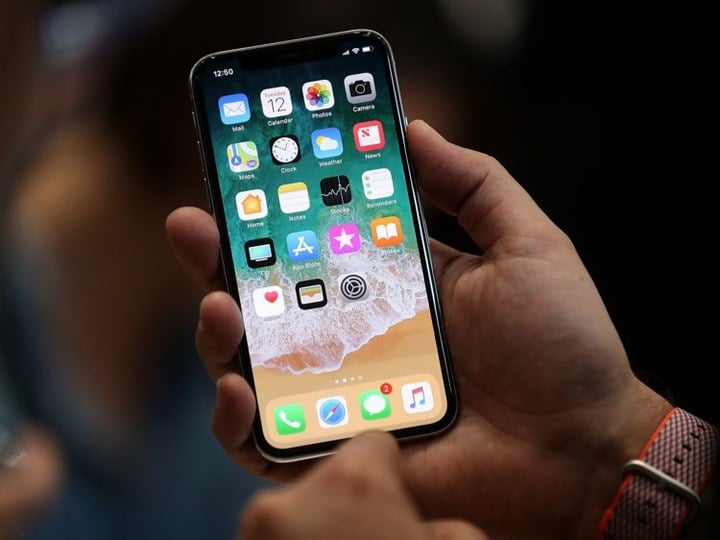
▲ Image from: Business Insider
Guo Mingxi explained that Apple may choose Qualcomm mainly because of Taiwan GIS (Yeicheng Group, one of the major suppliers of iPhone XR touch modules) is both Apple Major suppliers, is also a Qualcomm screen fingerprint technology development partner.
So, if Apple adds screen fingerprinting to the iPhone, it is most conducive to supply shipping and market word of mouth. The choice is Qualcomm’s ultrasonic fingerprinting solution.
In fact, the news that Apple will use the ultrasonic screen fingerprint is not the first time exposed by analysts and the media. As early as 2017, the technology media AppleInsider had reportThe Apple screen fingerprint patent file “No. 9772721” was approved, also In the year that the iPhone 8 and iPhone X were released, Apple had the patent for this ultrasonic technology.

▲ Image from: Appleinsider
However, according to the technology and practical application at the time, Apple did not apply this new technology on the current and even the latest iPhone. The aspect may be that the ultrasonic screen fingerprinting technology is not yet mature, and on the other hand it may be to control the overall thickness of the iPhone.
actually canceled 3D Touch from iPhone XR last yearStart, supply chain and technology media have been rumored that Apple will completely cancel 3D Touch.
The screen fingerprinting plan predicted by Guo Minghao this time also proves from the side that Apple is under The possibility of canceling 3D Touch by a generation of iPhone.
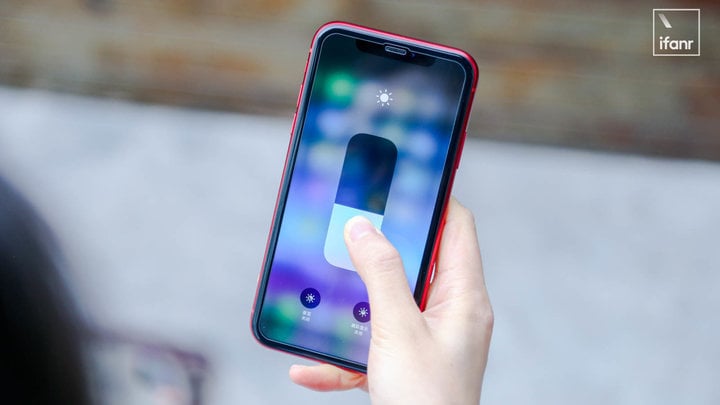
At present, the pressure sensing system of 3D Touch is set at the bottom of the screen, if the module is retained The screen fingerprint recognition module is added under the condition, which inevitably increases the power consumption and thickness of the touch portion of the mobile phone.
So, removing the 3D Touch module to place the ultrasonic screen fingerprinting component seems to be both A functional solution that can control the thickness of the phone.
Qualcomm is the best supplier to develop ultrasonic recognition
But it seems a bit imaginary to speak on patents alone, we still look at the current ultrasonic recognition technology.
The Samsung Galaxy S10 uses Qualcomm’s on-screen fingerprinting solution, which uses ultrasonic principle recognition. It is not an optical principle, so the penetration of ultrasonic recognition is stronger than that of photoelectric recognition.
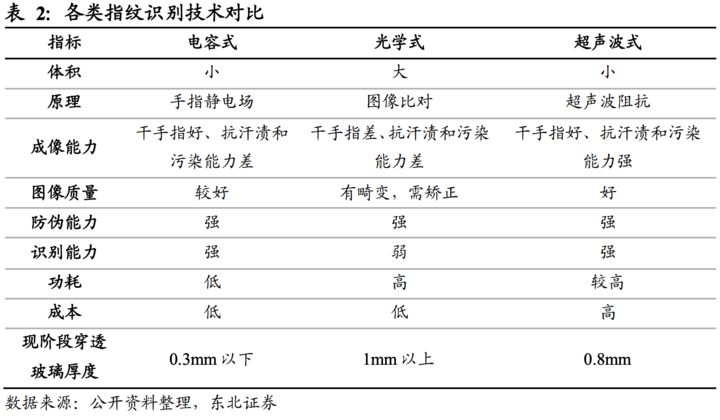
For example, when the hand is wet, the hand is dirty, and the surface of the screen is stained, the ultrasonic recognition can be completed. Unlocked, while the photoelectric fingerprint is relatively slower. Because the principle of the photoelectric scheme is to reflect light instead of ultrasonic waves, the stain will have a certain influence on the reflected light,
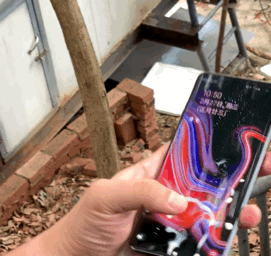
▲ Galaxy S10 with milk can be unlocked on the screen
But the ultrasound solution also has two problems: one is that the required power consumption is still large, which is also Guo Mingwei The “power consumption” mentioned in the report requires the company to continue to optimize;The other is that the ultrasonic fingerprint module manufacturing process is more complicated, and currently Only Qualcomm has the ability to mass-produce the identification module, so the production cost of the ultrasonic recognition module is higher than that of photoelectric.
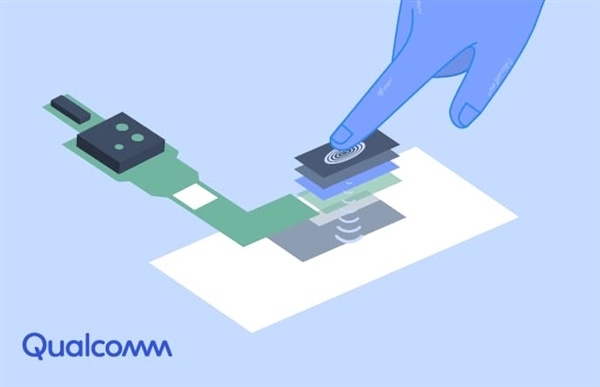
It’s worth mentioning that although Qualcomm may launch a new generation of technology in the second half of this year, It does not mean that the technology will be applied in the market right away.
For example, Qualcomm first introduced the first generation of ultrasonic screen fingerprint recognition in 2017, but it finally began to be used on a large scale in the Samsung Galaxy S10 in 2019. It is speculated that if Qualcomm In the second half of this year, the second generation of ultrasonic identification modules will be launched, so it is estimated that it will not be actually mass-produced until the second half of 2020 or 2021.
This is also in line with Guo Minghao’s prediction of “screen fingerprinting technology added to the iPhone” in the report.
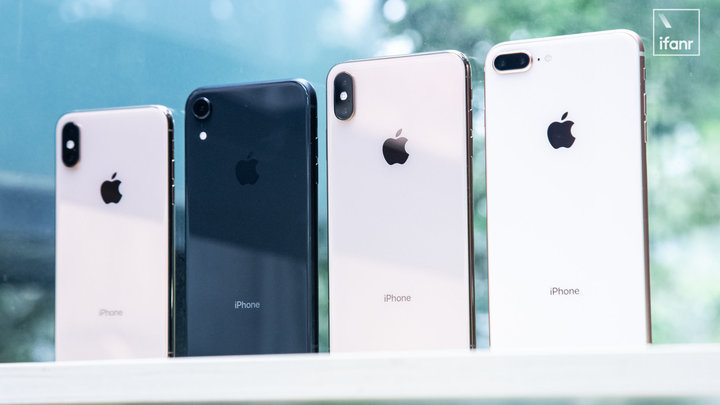
But will Apple eventually choose Qualcomm as a supplier of screen recognition? I think it needs to be labeled. question mark. After all, Cook once said in this year’s Q3 earnings conference Mastering Core Technology, although this is only the reason why Cook expressed Apple’s acquisition of Intel’s baseband division, but it does not rule out that Apple will choose the key function of “fingerprint recognition” in the future. Other suppliers or self-developed programs.
Of course, from the current technology and production capacity, Qualcomm should be Apple’s best component supplier It is.
Face ID and screen fingerprints are not competitions, but complementary relationships
I really like to read the movie because I can see a lot of details that I didn’t notice. I also exercised my habit of paying attention to details in my life.
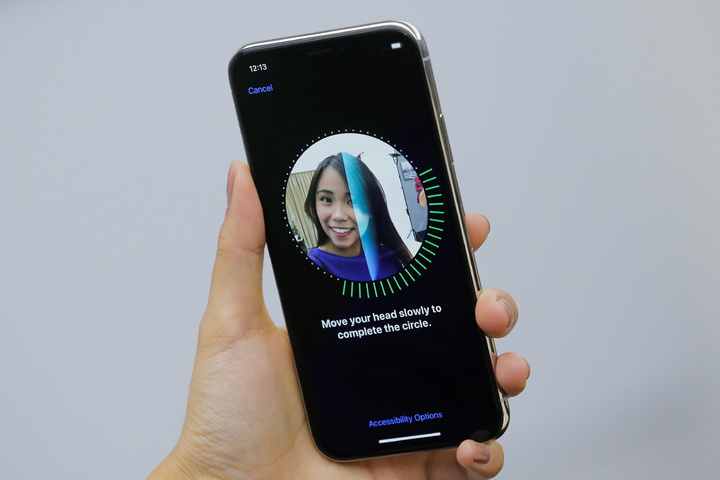
▲ Image from: Fortune
